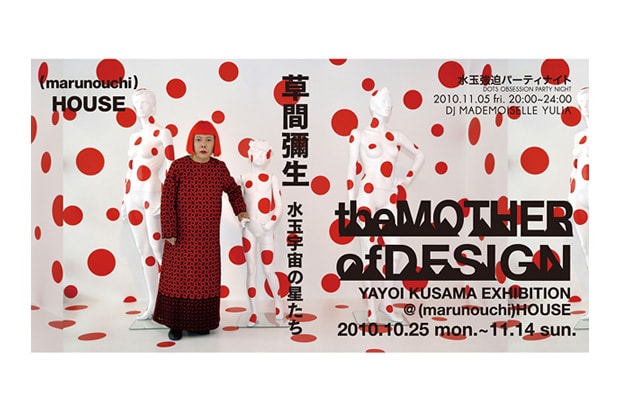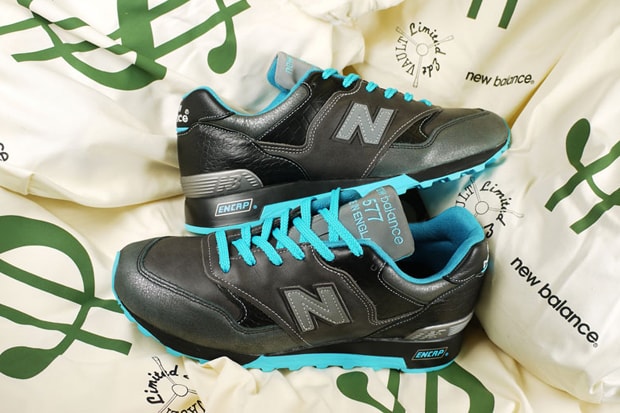Yo Shitara & Keishi Endo: The Path of BEAMS
A heavyweight in its native Japan with increasingly greater awareness on a global level, BEAMS
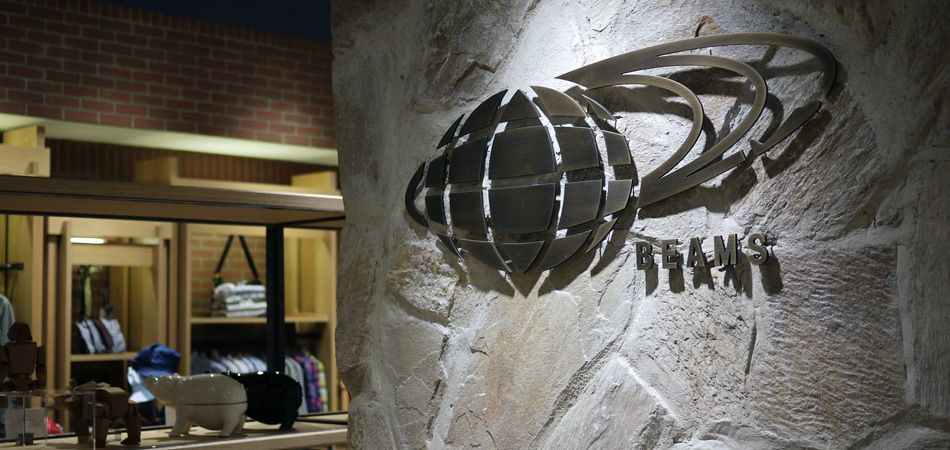
A heavyweight in its native Japan with increasingly greater awareness on a global level, BEAMS encompasses a broad spectrum of fashion and lifestyle through different outlets under its massive umbrella. BEAMS recently expanded their Asian presence with a new store in Hong Kong, located at Tsim Sha Tsui’s newly opened “The One” mall. While in attendance, we spoke with Representative Director President Yo Shitara and Executive Vice President Keishi Endo through a translator as they opened the new retail space. With the inescapable downfall of the Japanese economy coupled with the mounting value for the domestic Yen, we wanted to bring to light how a large and established Japanese entity such as BEAMS prepares itself in the current landscape for both domestic and international growth.
Interview: Eugene Kan
Photography: Edward Chiu
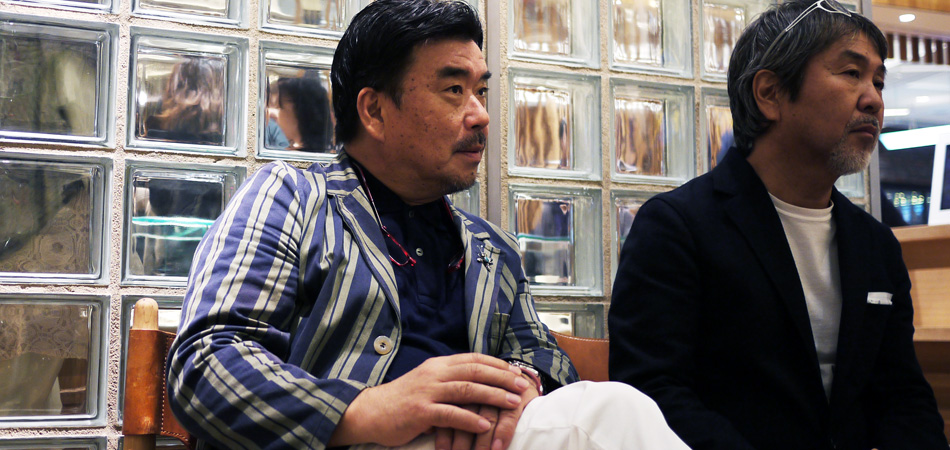
Interview with Yo Shitara & Keishi Endo
BEAMS has a few retailers in Hong Kong, how long have you maintained this relationship? How did talks begin on a new Hong Kong store?
It has been 5 years since we opened our BEAMS BOY and BEAMS T shops in Causeway Bay.
What would you say is the overall goal that customers should get from shopping at BEAMS?
Looking beyond our shelves of clothes and accessories, you will find an array of culture and lifestyle that makes the BEAMS shopping experience unique.
There seems to be so many options in Japan’s fashion landscape, where does BEAMS and all its different sub-brands factor in?
As for the current fashion scene, our numerous labels cover most age, gender, or genre varieties. We position our labels to offer a realistic selection of almost every genre seen in the contemporary Japanese fashion market.
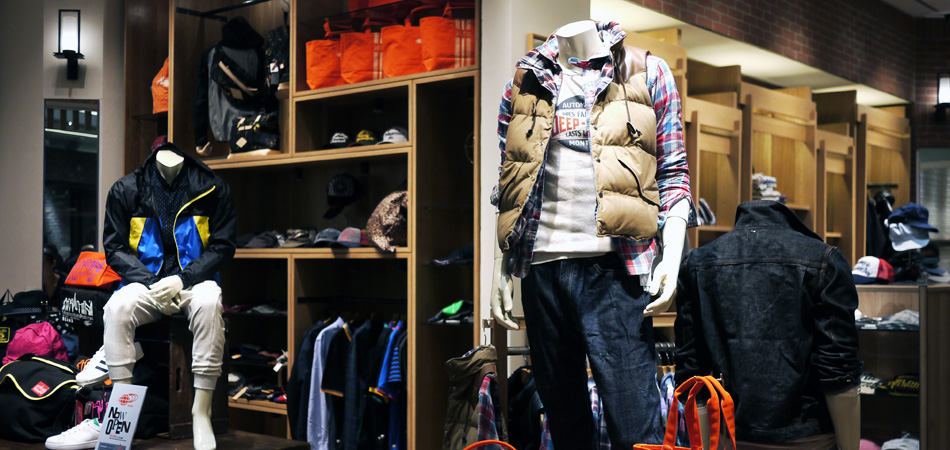
There seems to be a division of BEAMS that handles many different genres of fashion from BEAMS+, TOKYO CULTUART and all the way through BEAMS T. Does each “sub-brand” have a clear and concise goal? How do you deal with overlap?
Each section/label develops and presents a unique concept, perspective, product range, and customer profile. Trends may overlap, but there is always enough originality in the end product of each section/label’s interpretation and arrangement.
What’s the business structure like at BEAMS? How many people are part of the BEAMS team?
The company is comprised of various divisions, most of which engage in product buying, manufacturing, and shop operations. Inclusive of shop staff, 1,200 employees currently work at BEAMS. Most employees have at some point in time experienced working as a shop sales staff.
The Japanese economy has been struggling for some time but for BEAMS, how do you look to grow the company? As I understand online sales is an important part of the Japanese shopping experience.
E-commerce already takes up a huge share of our current sales, but it is not the only means by which BEAMS will continue its growth. We are exploring new ways for BEAMS to fit into every possible destination. In the long run, BEAMS wishes to set a standard for fashion. Assuming that fashion’s role is to dress various lifestyles and modern business environments, and that the right fashion can have an impact in your life, we are in constant pursuit of offering the best possible choices for our customer base. Presenting such discoveries in our shops and finding fans, one by one, is an important way that BEAMS continues to grow.
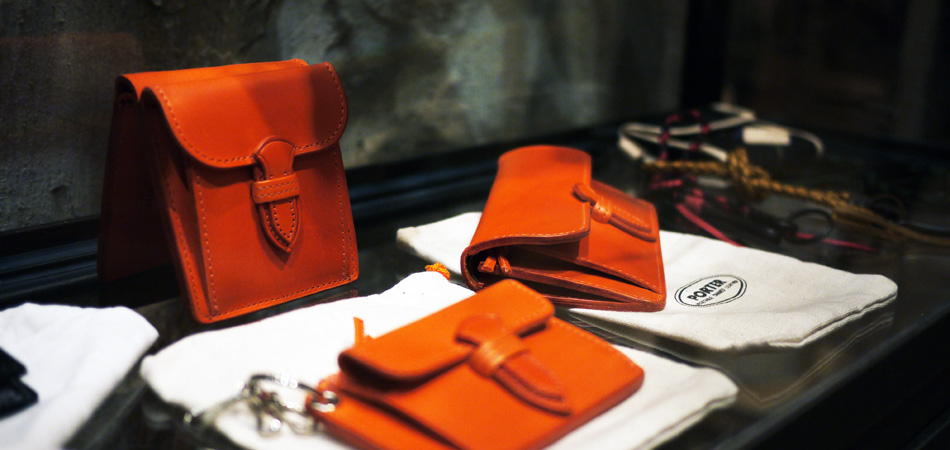
You mentioned that online was a big component of BEAMS’ business already. How does BEAMS look to expand domestically?
We expect Internet information and e-commerce will continue to develop in the future. But we are not going to expand without any obvious purpose. We are going expand willingly only under the condition that we can appeal “BEAMS” as we have developed our bricks-and-mortar shops.
How does the increasingly large Chinese market incorporate into your plans? What about other stores globally?
We have been receiving an increasing number of offers to set up shop overseas. We take this as a sign that our business values and Japanese styles have garnered a good international reputation. While factors such as the Internet has led to a global homogenization of information, fashion wasn’t an exception. But in Japan, fashion developed into an extremely unique culture, and it is this distinct difference that continues to interest the world. BEAMS is not a global super-brand, nor is it a low cost discount brand. Our strength lies in our choice of items and editorial skills. In markets where our ideas as such can gain popular support, we are keen to look into new business opportunities.
Despite starting off as a fashion retailer, BEAMS has incorporated a strong lifestyle element to the brand. How important is the promotion of culture to your customers?
Fashion never exists alone; various factors influence each other in creating it. Culture is the most significant of these factors. Fashion and culture both play crucial roles in the way we feel at certain times and in fulfilling our daily lives. At BEAMS we take shoppers a step beyond the simple act of wearing clothes and hope to introduce an entire lifestyle that makes fashion so much more enjoyable.
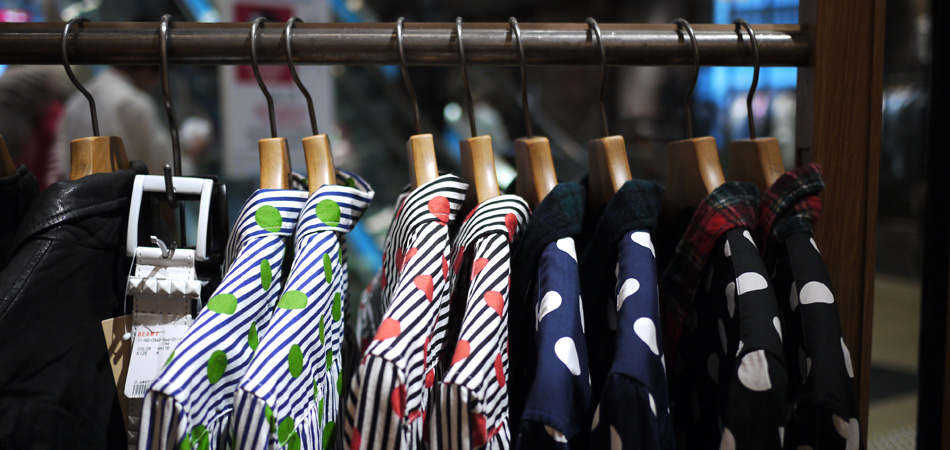
With the influx of fast fashion brands in Japan such as H&M, Zara and Topman, what effect do they have on BEAMS?
The trend of these so-called fast fashion brands is not a new one in Japan. It’s something we have seen and endured in the past such as the entry of GAP many years ago. If we look at the demographics that shop at these different stores, they are often different than that of BEAMS’ regular shoppers. The generations influenced by trend are more likely to look at fast fashion whereas our demographic are more resistant to these cyclical changes. But the Japanese consumer is very good at mixing and matching different levels of fashion. Also, BEAMS’ brand roster and the company itself has a greater story behind their products which our customers appreciate.
As I had asked previously, fast fashion has integrated itself into Japan’s fashion landscape. With these massive retailers stores entering Harajuku and pushing up rents, do you think this has changed Harajuku’s outlook on creativity? It seems much more difficult for small upstart brands to get rooted in Harajuku now relative to the past.
Over the last several years, Harajuku has undergone a huge change with the massive retailers emerging. For certain, it may be getting difficult for small upstart brands to start their business in Harajuku. However we don’t think there is an advantage for small brands in having their own shops. There are many ways to convey their images, for example through the Internet or by selling their items at the specialty store like BEAMS. The brands, which become famous and increase their fans by those means, will surely create a “post-Harajuku” area some place in a new area. Japanese fashion brands have created the hub of new culture by doing so. In this sense, we are not so pessimistic about this situation.
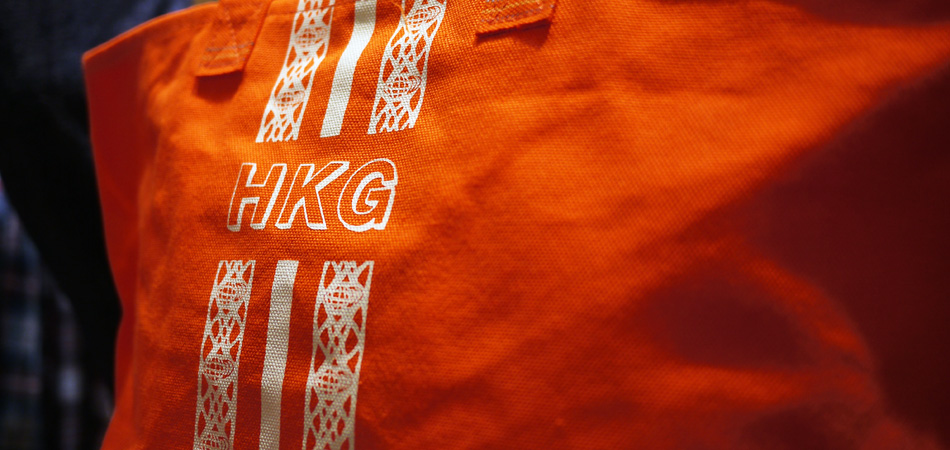
We’ve seen a great resurgence in American contemporary brands over the last few years. However, many will agree that the Japanese do “Americana” very well, whether it be through licensed brands or their own re-appropriations of workwear, trad, ivy or outdoor. But it seems as though American brands in Japan are always very expensive after importations and there is a Japanese equivalent for cheaper. Where do American labels and designers situate themselves in the Japanese market
When it comes to American brands and men’s fashion including workwear, trad, outdoor, and modern prominent designers, not only does the quality of each item factor in but also many intangible factors come into play. Many of these brands have a certain attractiveness such as their background, originalities and unique outlets. As for designer brands, people have interest in them based on their originiality and creativity. The brands and items with such originality will continue to exist and achieve popularity in and outside of Japan. On the contrary, the brands with no attraction, even if they are well known, might face a harsh situation. Aside from some exceptions, we assume it doesn’t change the trend a lot on this field whether the item is high priced or low priced.
As Japanese has excellent manufacturing technology and sense of re-appropriation, we can create products with great quality at reasonable prices. We are promoting different genres from imported brands by delivering high quality fashionable items, including BEAMS originals, at reasonable prices. BEAMS is delivering our unique BEAMS STYLE by bringing forward offerings that are suitable over various styles inf ashion.
As a retailer that covers so much of the market, how does BEAMS balance following trends as well as creating trends? How does this relationship work with magazines and does BEAMS work actively before each season?
We decide every season theme based on both interpreting Western trends for Japanese market and creating unique trends for Japanese market. As we know the importance of magazine are incredible, we always work together.
Has the high price of the Japanese Yen been a big detractor from expansion into the rest of the world? The quality across BEAMS relative to design and pricing seems as though it would fit into many markets that don’t have many middle-end choices.
In a medium-and long-term viewpoint, the high price of Japanese yen won’t be a barrier for our expansion. It is more important that people in the new market understand and be attracted to the concept of the shop like BEAMS, which deal with various brands from around the world, and that they have the culture to share the same value on fashion with us. Those are the key ingredients for us to enter the new market.




